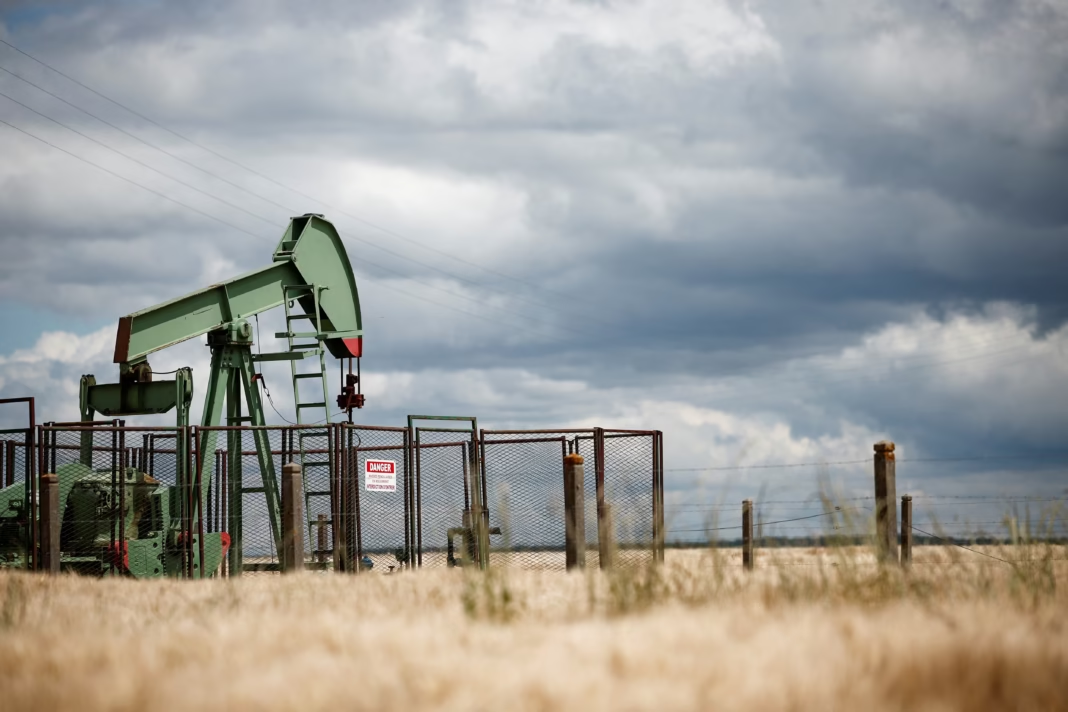Oman recorded a trade surplus of RO3.088bn, marking a 34% decline from the previous year. This decline reflects challenges in merchandise exports and the global economic environment. Meanwhile, non-oil sectors showed signs of growth, offering some optimism for future economic stability.
Data from the National Centre for Statistics and Information revealed that total merchandise exports fell by 9.5%, reaching RO11.499bn. The fall mainly came from a 16.1% drop in oil and gas exports, which fell to RO7.424bn. Conversely, non-oil merchandise exports increased by 9.1%, reaching RO3.260bn, demonstrating efforts to diversify the economy.
Re-exports also declined by 5.9%, totaling RO815mn. In contrast, merchandise imports grew by 5.1%, reaching RO8.411bn. The rise in imports reflects increasing domestic demand, despite weaker oil revenues. This trend also emphasizes the importance of strengthening local production and supply chains.
Among Oman’s non-oil partners, the United Arab Emirates led with exports of RO593mn, up nearly 30% from the previous year. The UAE also led in re-exports from Oman, valued at RO348mn, and imports to Oman, reaching RO1.984bn. Saudi Arabia followed as a top export partner at RO538mn, while India ranked third at RO335mn.
Imports came primarily from China, valued at RO854mn, followed by Kuwait at RO795mn. These figures show Oman’s integration into regional and global supply chains. Strengthening international connections will remain critical as the country works to reduce reliance on hydrocarbons.
Analysts note that falling oil exports significantly reduced Oman’s overall surplus. However, the growth in non-oil sectors highlights a path toward more sustainable economic development. Increased investment in manufacturing, logistics, and re-export services could help balance trade further.
Furthermore, the government is focusing on diversifying the economy by supporting industrial development and innovation. Expanding non-oil trade ties with key partners such as the UAE, Saudi Arabia, and India remains a central priority. These partnerships can create new opportunities in logistics, manufacturing, and re-export services.
Overall, Oman’s trade situation demonstrates both challenges and opportunities. While oil revenues remain volatile, the growth in non-oil exports and strong regional partnerships offers optimism for long-term economic resilience. The government and businesses must continue strategic planning to maintain sustainable growth.





